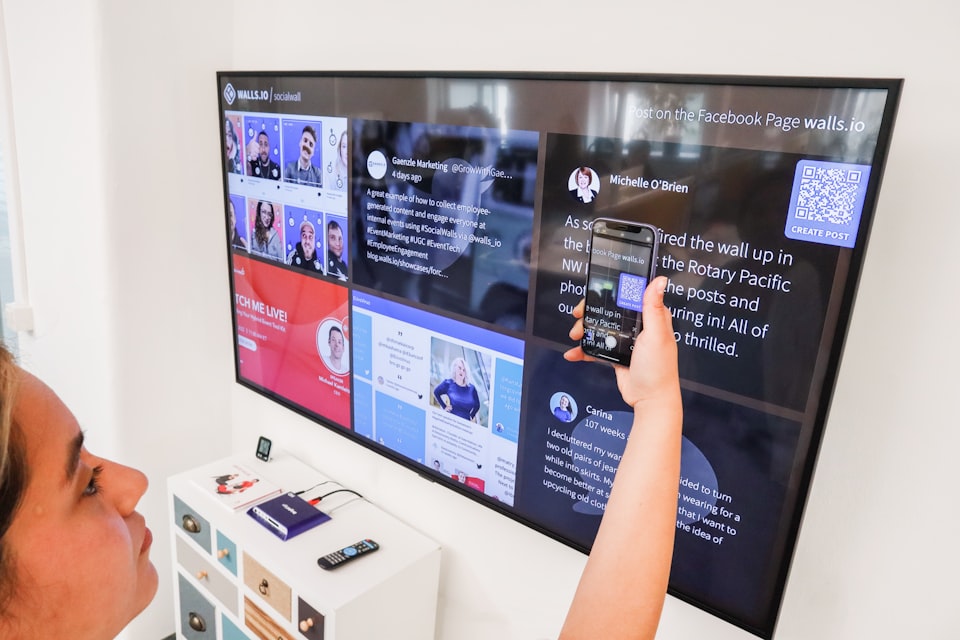What is QR?

A QR code (Quick Response code) is a two-dimensional barcode that can be scanned using a smartphone camera to quickly access information or a website. QR codes are often used to encode URLs, product information, or contact details.
The QR code was invented in 1994 by the Japanese company Denso Wave as a way to track vehicles during the manufacturing process. The code was designed to be read quickly and efficiently by machines, hence the name Quick Response (QR).
In the years that followed, QR codes gained popularity in Japan and other parts of Asia as a way to share information, such as product details, URLs, and contact information. The widespread adoption of smartphones with cameras made it possible to scan QR codes using a mobile device, and the use of QR codes has since grown rapidly around the world.
Today, QR codes are used in a variety of industries and applications, from marketing and advertising to payments, ticketing, and logistics. They are a fast, convenient, and cost-effective way to access and share information, and their popularity is continuing to grow as more and more businesses and consumers adopt this technology.
QR codes are used in a variety of ways, including:
- Marketing and advertising: QR codes can be placed on products, posters, flyers, and other materials to provide customers with additional information about a product or service.
- Payments: QR codes can be used for mobile payments, allowing customers to make payments by scanning a code displayed on a screen or printed on a receipt.
- Ticketing: QR codes can be used as electronic tickets for events, such as concerts, movie screenings, and sports games.
- Contactless check-ins: QR codes can be used for check-ins, such as at a doctor's office or a gym, to reduce physical contact and help prevent the spread of disease.
- Logistics and supply chain management: QR codes can be used to track the movement of goods and products, from the point of manufacture to the point of sale.
These are just a few examples of how QR codes are used. They offer a fast, convenient, and cost-effective way to access and share information in a variety of industries and applications.




